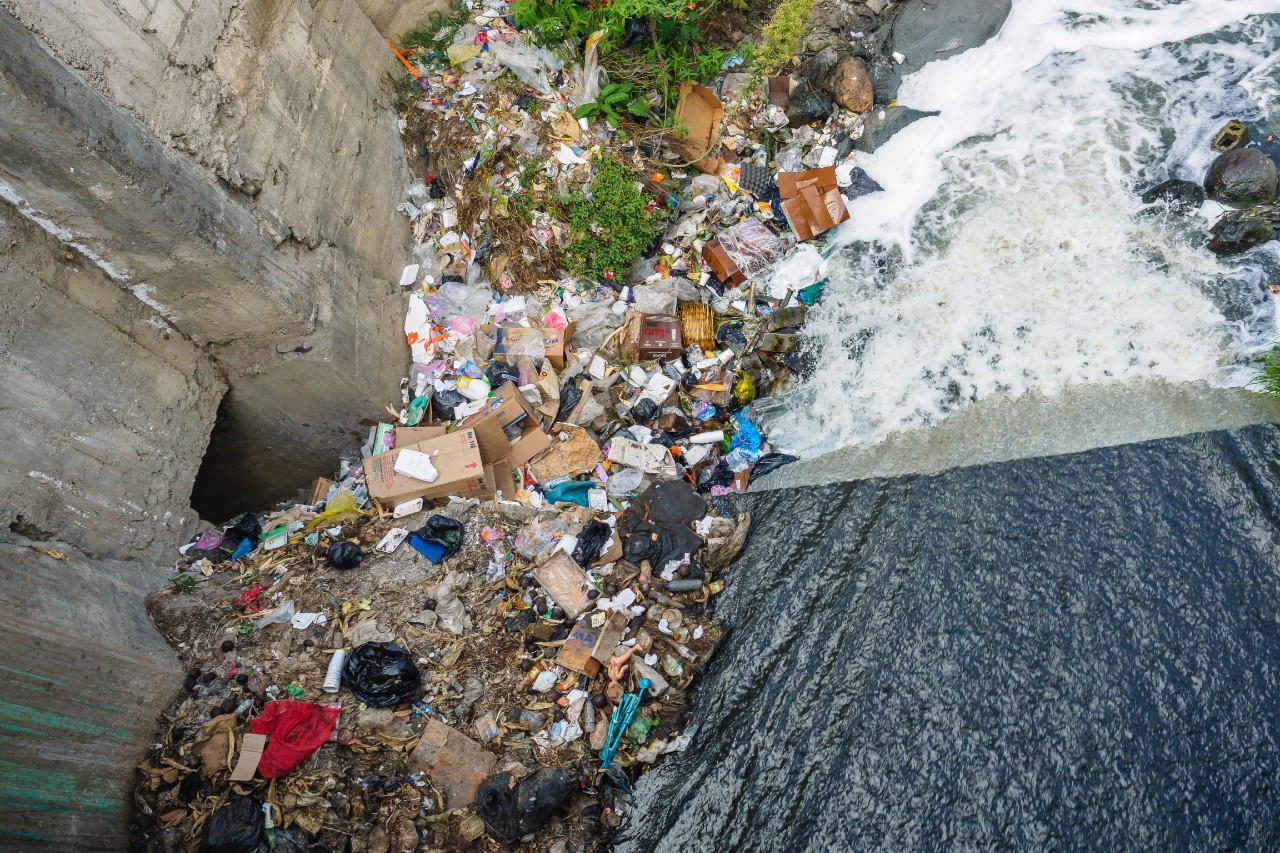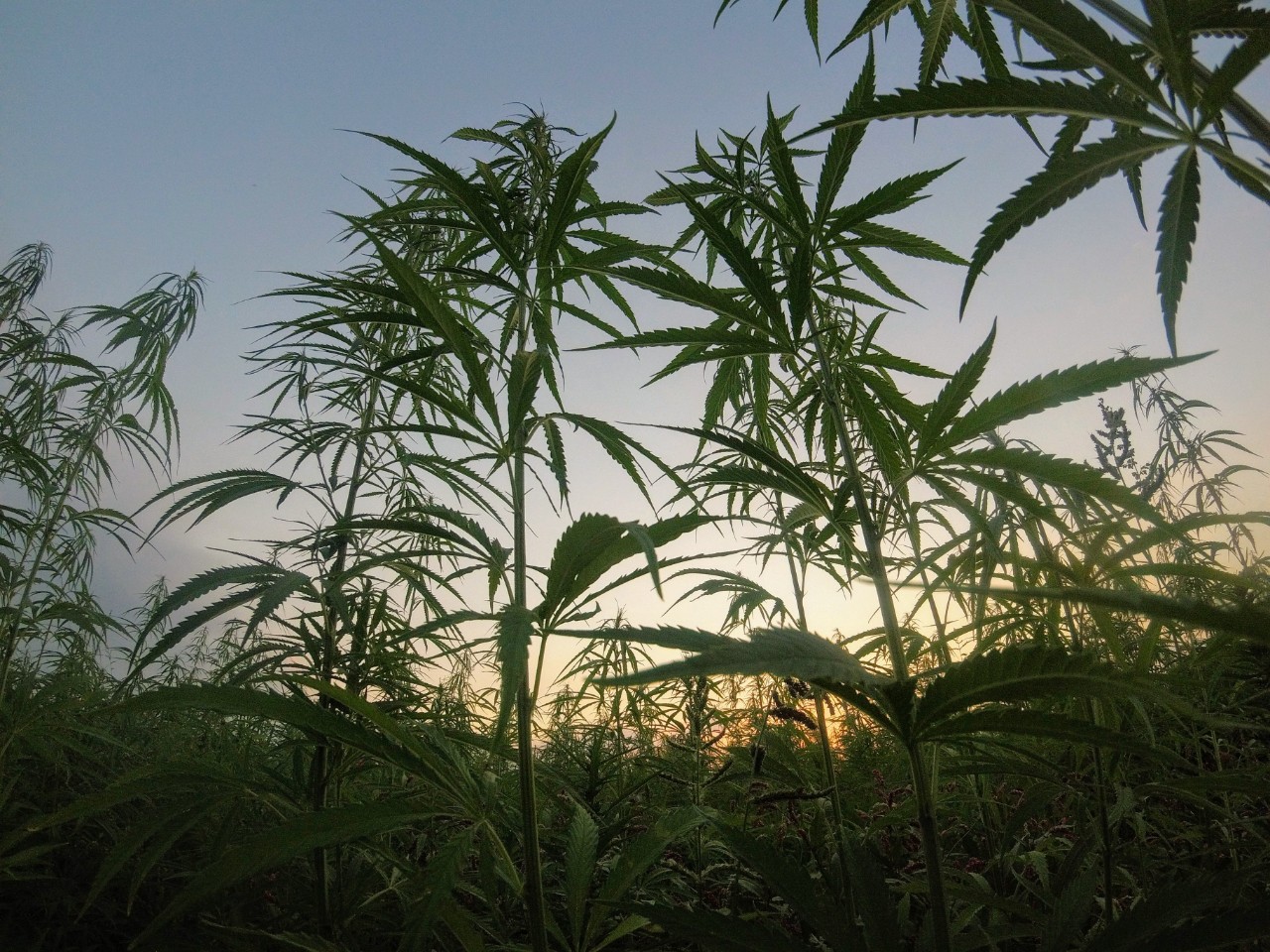Fashion is a source of joy in many ways – it helps us express our creativity and identity each and every day anew. The sartorial choices we make are deeply rooted in our culture, societal values, and even psychology.
This makes fashion a highly complex and ambiguous topic. While it empowers and encourages us with endless possibilities, its production chain and the aftermath are some of the main propellers of pollution.
The life of a garment can be divided into two stages: pre-consumption (everything that happens before we buy a garment) and post-consumption (the afterlife of the garment once we throw it away). Meeting requirements for sustainability at both stages is challenging; asking for revolutionary thinking from the very first step – sourcing.
Agricultural methods used to harvest fibres like cotton often impact soil fertility; causing things like erosion and desertification. After sourcing, clothes are washed, dyed, and finished. The majority of these procedures use harmful chemicals, dyes, and toxins that end up in earth’s bio-system.
There’s a saying that early fashion adapters can glimpse next season’s colours by looking at the water in the river, in textile-production areas. What seems like a beautiful metaphor means environmental catastrophe – an excruciating number of rivers and waterbeds in developing countries, home to most textile factories, have been severely harmed by fabric dyes.
After production, the issues continue. More than 80% of discarded clothing ends up in landfill. The majority of these materials are made from synthetic fibres, so these mountains of unwanted fashion will be around for much longer than we can fathom, causing emissions as they uselessly sit around in the landscape.
In other words, the issues the fashion industry is currently facing are multi-layered and complex — to an extent that makes hope appear small.
The industry needs fundamental changes that aim for a 180° turn of business models, traditions, and mindsets; first on a supplier and eventually on a consumer scale. In recent years, the first noticeable changes have slowly entered the daily mill of the fashion industry— with sustainable fabric options marking the entry point towards a greener fashion future.
In order to create not only a neutral, but ideally a reverse positive, impact on the current situation, two variables are vital: sustainable sourcing and circular production.
Fortunately, there are many scholars, researchers, scientists and forward-thinkers of all kinds pleading for circularity, responsibility, and accountability as maxims of action. The range of fibres and materials is increasing steadily. Some are already being put into practice, and others are still in their infancy.

The Trailblazers of Material Sustainability - Organic Hemp & EcoVero
The benefits of hemp fibres are enjoying an upsurge. While hemp has been around for a while, experts have only recently started focusing on the agricultural benefits the plant can bring.
Hemp is a natural fibre whose growing process has minimal impact on the environment. It needs little to no water and no artificial fertilizer or pesticides.
Even more so, hemp provides nutrients that contribute to vital topsoil. This makes hemp the perfect candidate for intercropping, a technique that allows crop rotation and long-term sustainable agriculture.
The woody fibres in hemp stalks — the material that’s not processed for textile production — can be used for various other things, like the production of bricks or even car bodies.
This multifunctional purpose of all parts of a hemp harvest creates minimal waste, and maximum profit. Most importantly, hemp is fully recyclable. This makes hemp one of the most promising fibres for fully-circular, cross-sector use.
Hemp fibres can be used for knitting, weaving, and even the spinning of yarn.The feel of a finished hemp garment is similar to linen – light and cool on the skin, with a crisp touch. It’s often used for summer clothing and garments that require a high water absorption, like sportswear or clothing worn close to the body.
Another fibre that has successfully entered the market is EcoVero. Lenzing, a leading wood fibre sourcing company, supports sustainable options for viscose fibres.
What differentiates EcoVero from other viscose fibres, is the way it’s sourced. Viscose on its own is fairly unsustainable. It needs extensive wood clearing and water to extract the cellulose pulp that’s eventually spun into viscose fibres.
Viscose fibres certified as EcoVero come from controlled renewable wood sources, and use manufacturing steps that meet high environmental standards. Lenzing’s EcoVero fibres have received the EU Ecolabel award, an environmental award that honours sustainability standard innovations throughout their whole life cycle. That means from the extraction of the raw material, to manufacturing, to distribution, and even disposal.
Since viscose is a well-established material known by companies and consumers, EcoVero offers an uncomplicated switch from the use of regular cellulose material to this sustainable and circular alternative, which makes it very inviting for global fashion companies with long production chains.

The Ethical Advocate – PinaTex
One might wonder: What do animal agriculture and ethics have to do with sustainable fashion?
The answer is: a lot. Although often dismissed in sustainable fashion discussions, animal agriculture— or more so the process of prepping leather— is one of the most harmful procedures in fashion sourcing. Large amounts of toxic chemicals (up to 250 different ones per animal skin) and by-product waste leave lasting marks on earth’s environmental well-being.
There are already various alternatives to using animal skins in fashion, most of them including synthetic materials. While these alternatives are a big step in the right direction, there’s still the issue of compassion and ethics. Plastic-based materials like polyester and nylon take hundreds of years to break down. For long-term improvement, compostable or fully recyclable alternatives are needed.
One of these alternatives is the company PinaTex with their eponymous ‘pineapple leather’. This fruity alternative is purely made from by-products of pineapple harvest. PinaTex is a prime example of circularity in the fashion industry, as their sourcing methods not only consider environmental sustainability, but also social responsibility.
PinaTex employment plans provide pineapple-growing communities in the Philippines with additional income streams, while also tackling the problem of pineapple farm compost waste. The finished material scores high in biodegradability— 80%.
The trademark has developed five variations of PinaTex, offering production companies a range of options. This helps them switch from conventional leather without compromising the quality of the end-product.
PinaTex materials show promising characteristics that live up to the material standards of fashion houses and consumers. The material is supple yet durable, easy to work with, and remarkably sturdy. When finished, it can be used for shoes, bags, and even interiors.
Fruit biomass as a leather alternative is being pursued in diverse ways; with things like lab-grown mushrooms, and apple, mango, and banana peel being used to create leather-like alternatives, all opening up the gates for ethical fashion.
The Turning-Trash-Into-Treasure Solution - Econyl
While new innovations are important to drive change in the industry, they dismiss one major problem: the overflow of material. Methods that grapple with landfill and garbage patches are crucial in the battle against greenhouse emissions.
Econyl is one of these methods. It’s made entirely from regenerated nylon. Not even 1% of this recycled-and-recyclable material can’t be transformed back to its origin. Econyl production makes use of discarded carpets, fishing nets, and even industrial plastic waste. It reduces landfill and waste by extracting nylon fibres from these sources of pollution.
Econyl is already being used in many brand’s production chains—so the chance it’s hanging in your closet is high. Since Econyl fibres have the exact same characteristics as conventional nylon, they can easily be switched out and used in production processes without major changes to the product itself. This is important to get all fashion industry players on board.
Nylon is used for many purposes, due to its elastic qualities, like sportswear and swimwear. So replacing it with a recycled alternative marks a milestone towards greener fashion.
The Obvious-but-Underestimated - Circulating Clothes
No matter how much innovation and solutions the fashion industry offers, the most sustainable fabrics will always be the ones that exist – if used purposefully. The smartest way to avoid contributing to pollution is loving what’s already in your closet, resisting buying new items, and not throwing out barely worn ones.
As a consumer, re-inventing garments and caring for them is the biggest asset to protect the environment. There are a few steps we can take to make our clothing last longer – gentle washing detergents and low spin cycles avoid too much stress on fibres and seams. Air drying instead of tumble drying significantly prolongs the longevity of the fabrics too.
Minor faults can be fixed easily with only a few steps – a beginner's sewing kit can do wonders. One thing’s for sure: when first-hand craftsmanship is put into a garment, its appreciation magically increases. Fixing a hole, stitching a seam, or fastening a button takes very little time and truly pays off. Swapping, renting, and sharing clothes are exciting options to elongate the life of our clothes as well.
The way to guilt-free fashion is being paved in these very moments. By making conscious consumption choices now, fashion is looking at a future filled with just as much joy, creativity, and expression as we know it – with the added value of environmental consciousness. Sustainability in fashion is a slow process, but consistency, considerateness, and responsibility go a long way to creating long-term change.
Written by Karenita Haalk




